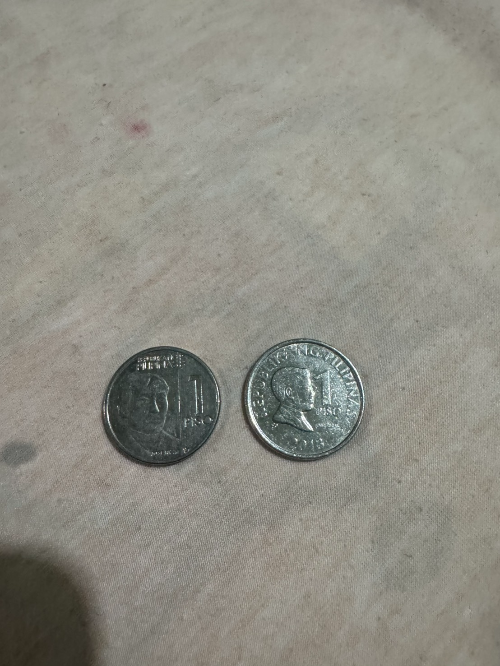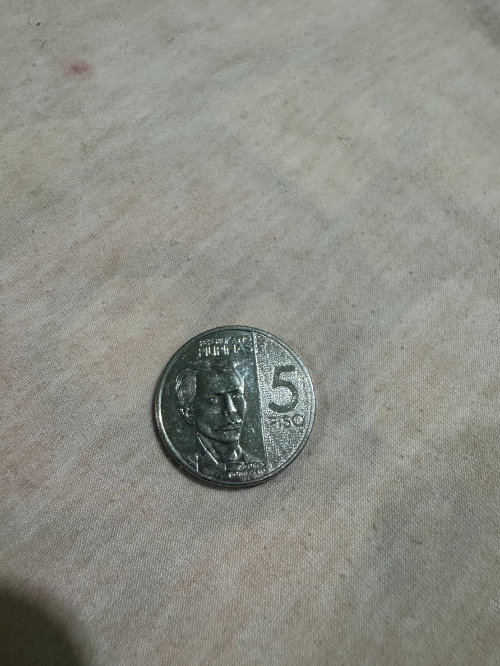Planning your trip to the Philippines? Beyond banknotes, you'll find a variety of coins useful for small purchases and tipping. The official currency of the Philippines, the Philippine Peso (PHP), includes not just banknotes but also various coin denominations. And surprisingly, the smallest unit, the Sentimo (often called Centavo), is used more frequently than you might expect!
What Kinds of Philippine Coins Are in Circulation?
Philippine coins currently in circulation are divided into Peso denominations and Sentimo denominations. Sentimos are the smaller units, with 100 Sentimos equaling 1 Peso.
Peso Coins:
- 1 Peso (1 Piso)
- 5 Pesos (5 Piso)
- 10 Pesos (10 Piso)
- 20 Pesos (20 Piso) - Both banknotes and coins are currently issued for 20 pesos, with the coin being a more recent introduction.

Sentimo Coins:
- 1 Sentimo (1 Sentimo / 1 Centavo)
- 5 Sentimos (5 Sentimo / 5 Centavos)
- 10 Sentimos (10 Sentimo / 10 Centavos)
- 25 Sentimos (25 Sentimo / 25 Centavos)
A Detailed Look at Philippine Coins
Like their banknote counterparts, Philippine coins feature important historical figures, national symbols, and unique flora and fauna. The predominantly circulating coins are part of the New Generation Currency (NGC) series, issued from 2018 onwards.
Peso Coins
- 1 Peso (1-Piso)
- Obverse: Features the portrait of Jose Rizal, the revered national hero and father of Philippine independence.
- Reverse: Depicts the Philippine Eagle, the country's national bird and a symbol of strength and independence, along with the logo of the Bangko Sentral ng Pilipinas (BSP - Central Bank of the Philippines).
- Characteristics: One of the most commonly used coins, primarily for small change or inexpensive purchases.

- 5 Pesos (5-Piso)
- Obverse: Features the portrait of Andrés Bonifacio, a Filipino revolutionary leader known as the "Father of the Philippine Revolution."
- Reverse: Showcases the Tayabak (or Tycalo Melan), a rare plant, and the BSP logo.
- Characteristics: Slightly larger in diameter than the 1-peso coin and has a plain edge.

- 10 Pesos (10-Piso)
- Obverse: Features the portrait of Apolinario Mabini, a Filipino revolutionary and statesman often called the "Brains of the Revolution."
- Reverse: Depicts the Kapa-kapa (scientific name: Medinilla magnifica), a beautiful endemic Philippine plant, and the BSP logo.
- Characteristics: It is one of the second largest peso coins in circulation, next to the 20 peso coin.

- 20 Pesos (20-Piso)
- Obverse: Features the portrait of Manuel L. Quezon, similar to the 20-peso banknote.
- Reverse: Displays the BSP logo and the Luzon Hog, an endemic Philippine animal.
- Characteristics: Began circulation as a coin in 2019 and is gradually replacing the 20-peso banknote. It is the largest in size among the current peso coins.

Sentimo Coins
Sentimo coins are primarily used in supermarkets and stores to settle prices that include fractional amounts. While Philippine coins officially bear the "Sentimo" denomination, locals commonly use the term "Centavo" in everyday conversation. This is due to the long-standing use of the English-derived "Centavo" in the past. Both terms refer to the same monetary unit.
- 1 Sentimo (1-centavo)
- Obverse: Features the BSP logo.
- Reverse: Depicts the Alupihang Damo, an endemic Philippine plant.
- Characteristics: The smallest denomination coin and very lightweight.
- 5 Sentimo (5-centavo)
- Obverse: Features the BSP logo.
- Reverse: Depicts the Kalumampati, an endemic Philippine plant.
- Characteristics: Slightly larger than the 1-Sentimo coin; typically received as change.
- 10 Sentimo (10-centavo)
- Obverse: Features the BSP logo.
- Reverse: Depicts the Marapait, an endemic Philippine plant.
- Characteristics: Often has a brownish tint and is slightly larger than the 5-Sentimo coin.

- 25 Sentimo (25-centavo)
- Obverse: Features the BSP logo.
- Reverse: Depicts the Kabayao, an endemic Philippine plant.
- Characteristics: The largest of the Sentimo coins; four of these make one Peso.
Philippine Coins: Essential Tips for Travelers!
- The Importance of Small Change: In the Philippines, coins, especially Sentimo denominations, are frequently used. Since prices often end in Sentimo amounts, having small change prepared will make transactions much more convenient.
- For Transportation: When using public transport like jeepneys or tricycles, it's advisable to have small peso coins (1, 5, 10 pesos) ready to pay the exact fare.
- Tipping Culture: Coins can also be useful for leaving small tips after receiving service or dining at restaurants.
- Familiarize Yourself with Shapes and Sizes: With various coin types, it's a good idea to learn their shapes, sizes, and denominations before your trip to avoid confusion during transactions.
- Keep Coins Clean: Like banknotes, excessively damaged or dirty coins might not be accepted. It's best to keep them clean.
'해외여행' 카테고리의 다른 글
| 필리핀 로또(Philippine Lotto) 역사와 종류 구입 방법: 외국인도 당첨금을 받을 수 있을까? (0) | 2025.07.17 |
|---|---|
| 필리핀 소액 지폐 돈 다발, 마치 페소 부자가 된 것 같은 기분이야 (0) | 2025.07.12 |
| Complete Guide to Philippine Peso (PHP) Banknotes - Must-Check When Exchanging Money! (0) | 2025.07.06 |
| 필리핀 페소(PHP) 지폐 완벽 가이드 환전 시 필수 확인! (0) | 2025.07.05 |



